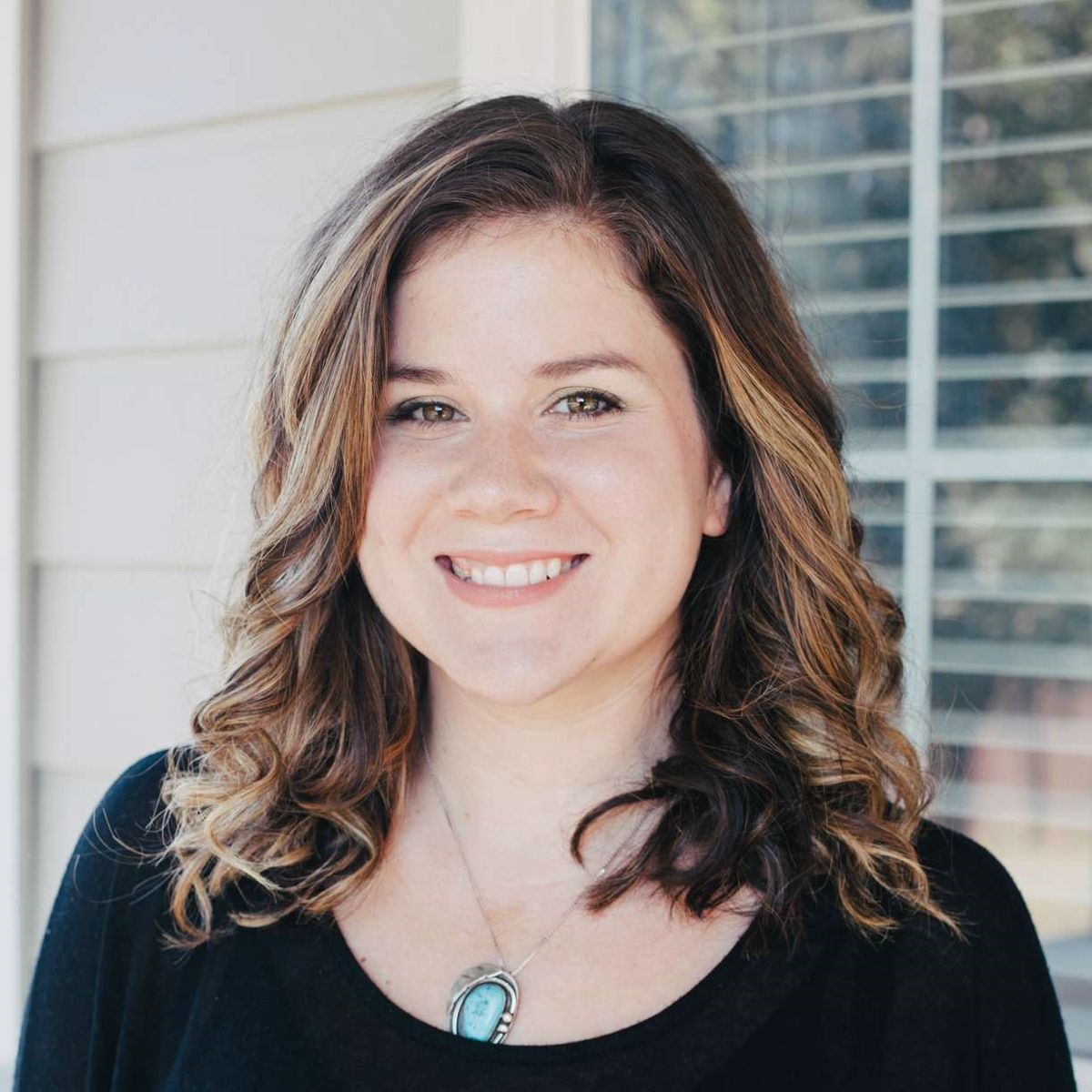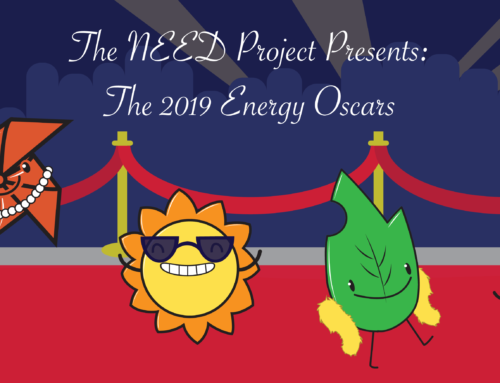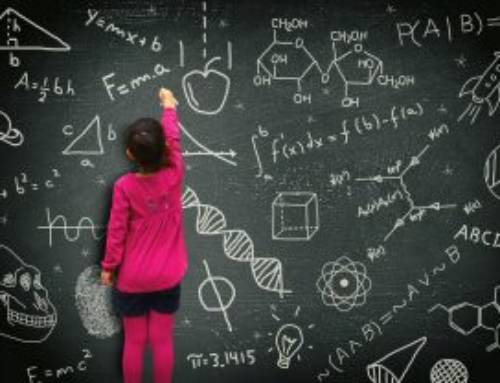by Bryn Huntpalmer
NEED is pleased to feature a great piece about solar energy and PV from our friends at Modernize, an energy efficiency-focused home improvement group. Read on for some fun science and talking points for use in your classroom solar discussions.
With the highest employee-to-kilowatt ratio of any energy field, and a market that’s set to expand ten-fold by 2030, preparing students for an eventual career in solar—or at least familiarizing them with the technology—is a smart move for any educator. Solar jobs are suited to a variety of interests—scientifically-minded technicians, spatially-gifted installers, socially-adept managers—so this field could potentially pique the curiosity of many different learning types.
Like most things in STEM, solar can be dealt with at a more general, abstract level—the sun creates energy, that energy is converted into electricity—but a sophisticated understanding requires a more technical grasp on chemical and physical concepts. Students who are learning the structure of atoms for the first time may need to be walked through this idea first before they are able to gain a very deep understanding of the technology. That being said, covering photovoltaics provides an opportunity to introduce or reiterate this and other scientific principles that may already be included in existing lesson plans.

How Solar Energy Works
Understanding solar energy means first learning a little bit about the sun and the physics of light. The photons from sunlight are like the ball in a Rube Goldberg contraption—it is their energy acting upon a solar panel’s silicon cells that kicks off the photoelectric effect. The energy from the sun is then transferred to the loose electrons emitted in this process, knocking them free from the atoms of the cell. This is electricity. You can explain that the sunlight acting upon the cells is comparable to a tough shot in pool. If you shoot the cue ball so that it hits a pair of balls next to each other, the energy from the struck ball will act upon its neighbor, sending it spinning. At a subatomic level, this is how electrons are freed.
However, the electricity must still be directed in order to be useful. Solar cells do this work. They are built to contain an electrical field that pushes the loose electrons out of the silicon cells and into the wiring beyond. The electrical field works similar to a magnetic field—cells contain a material with a negative charge (phosphorous) and one with a positive charge (usually boron), much like the two polarized magnets. This pushes the electrons down to metal plates where it can be harvested—sort of like how the pocket of a pool table pushes the ball down to the ball return.
How You Can Teach It
Given the information above, it’s easy to see how talking about the construction of solar cells touches on several topics regularly covered in science classes—the sun, photons, the composition of atoms, the conduciveness of elements, electrical and magnetic fields. One smart way to demonstrate these principles in action is to have your students create a passive solar bird bath. This essentially involves building a six-sided wooden box with a sheet of metal inserted into the middle. One of the sides should be constructed using a sheet of clear Plexiglas. Into the top, fit a metal pie pan (this will be the bird bath), and then cover the seams with silicon coating. The sun hitting the sheet of metal has the effect of keeping the water warmed, even in winter, which is fun to see working on a chilly day. Meanwhile, the silicon coating keeps the box insulated, directing the warmth upward. While it doesn’t involve an electric charge, this project is a safe way to witness the photoelectric effect working, and how the energy from heated metal can be directed toward useful applications.
Additionally, there are some other talking points and things to note that might generate interest:
- On a sunny day, the photoelectric effect can be demonstrated just by leaving anything metallic on a window sill.
- Solar calculators, which are easy to get a hold of, work using a solar cell and make an excellent demonstration piece.
- Solar energy was first developed for space to power satellites’ electrical systems, for your budding astrophysicists.
- If all else fails, there are also solar powered toys, such as solar robots, available from educational toy shops that can be constructed to show how solar can power a motor. That should get your student’s learning engines revving!
NEED can help you teach about solar in your classroom. NEED activities cover everything from basic energy transformations to siting your solar panel. Check out www.need.org/solar for more information.
About the Writer:

Bryn Huntpalmer is a mother of two young children living in Austin, Texas where she currently works as an Editor for Modernize. In addition to regularly contributing to Home Remodeling and Design websites around the web, her writing can be found on Lifehacker and About.com.




